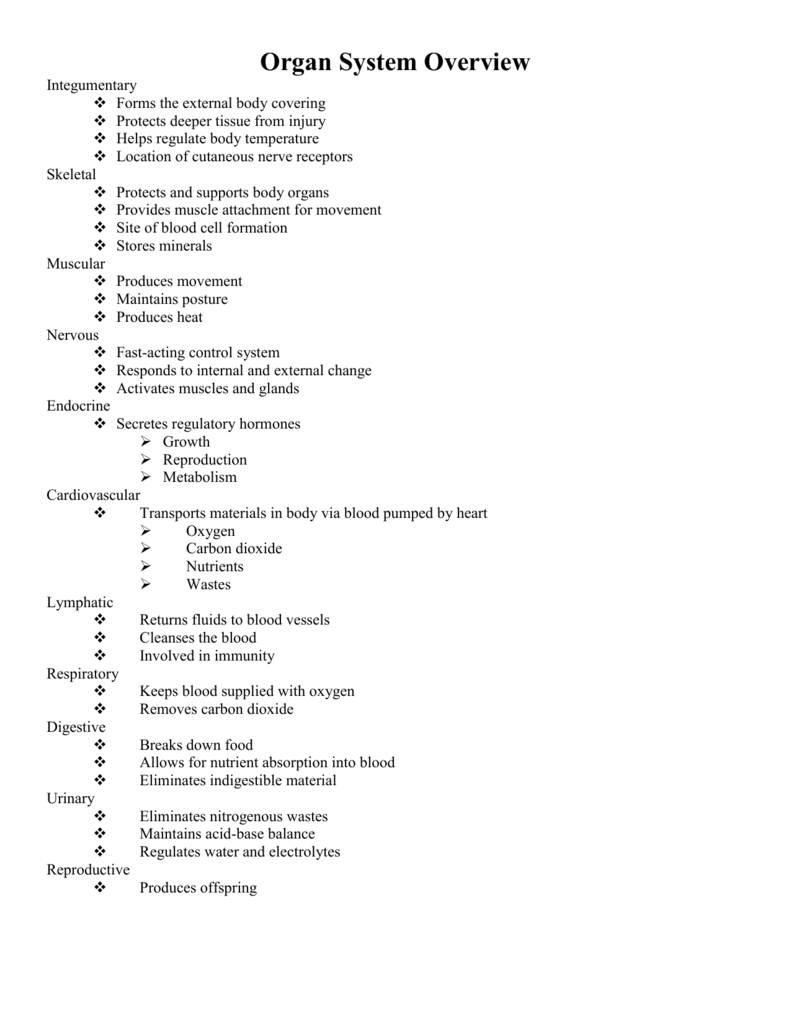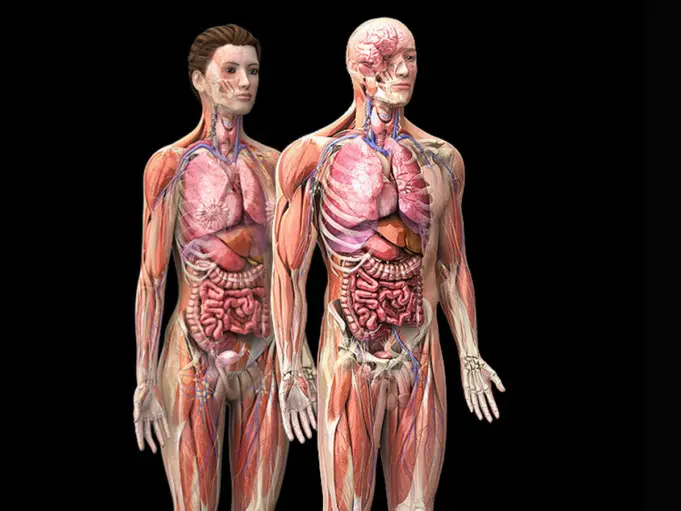

From there, it flows into the pulmonary artery, which has branches that reach the lungs. The two upper chambers are called atria, and the two lower chambers are called ventricles.īlood flows into the right atrium from the veins of the heart and body (except the lungs), then it flows into the right ventricle. The heart rate increases when the body needs more blood, such as during intense exercise. Electrical impulses within the heart help ensure that it beats with a consistent rhythm and proper rate. The heart also has an electrical system within. It works with the lungs to add oxygen to blood and pump this freshly oxygenated blood through the blood vessels and around the body. The heart is the most important organ of the circulatory system, which helps deliver blood to the body. The corpus callosum connects these two hemispheres. The brain’s two halves are called the right and left hemispheres. The temporal lobes: Located on either side of the brain, the temporal lobes play a role in numerous functions, including speech, scent recognition, and short-term memory.The occipital lobes: Positioned near the back of the brain, the occipital lobe primarily interprets vision signals.It also helps the brain interpret smells. It plays a role in many conscious functions, including personality and movement.



The frontal lobe: The frontal lobe, which is located in the front of the head, is the largest section of the brain.It also plays a role in interpreting pain and touch signals. The parietal lobe: Situated in the middle of the brain, the parietal lobe supports the identification of objects and spatial reasoning.It also sends messages to and from the brain. The spinal cord: Extended from the base of the brain and down the center of the back, the spinal cord helps with many automatic functions, such as reflexes.The pons: Located above the medulla in the brainstem, this area helps control eye and facial movement.It helps control heart and lung function. The medulla: This is the lowest part of the brainstem.The major areas of the central nervous system include: Within these areas, there are several key components of the brain that, together with the spinal cord, comprise the central nervous system. The brain is made up of three main subparts: the cerebrum, the cerebellum, and the brainstem. Over time, they have identified numerous parts of the brain, including systems within the brain that function similarly to independent organs. Neurologists are doctors who study the nervous system. The skull encloses the brain, protecting it from injury. It forms the core of the central nervous system by creating, sending, and processing nerve impulses, thoughts, emotions, physical sensations, and more. The sections below will look at the five vital organs in more detail. That said, in the case of the paired kidneys and lungs, a person can live without one of the pair. It is not possible to live without these organs. A problem with any of these organs can quickly become life threatening. The vital organs are those that a person needs to survive.


 0 kommentar(er)
0 kommentar(er)
